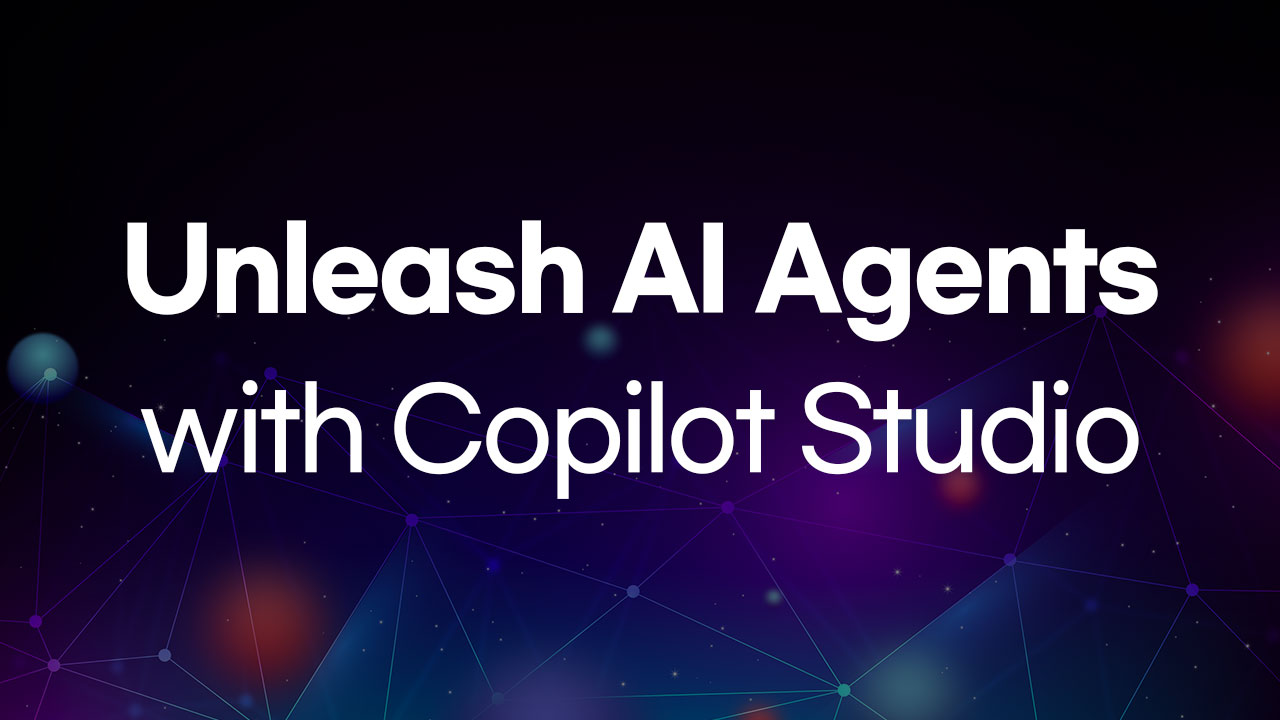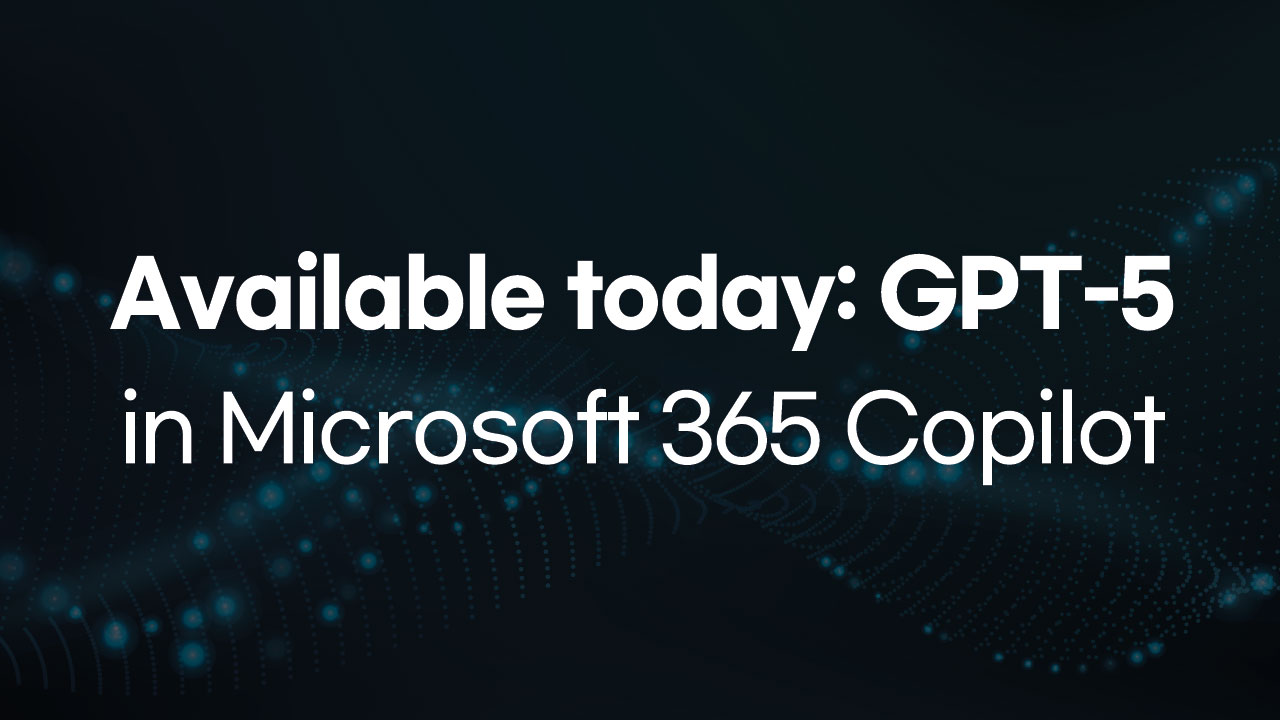Our Year with Copilot: What Microsoft Has Learned About AI at Work
Have you ever received an email from an unknown person?
It’s an experience common for executives: someone reaches out, and it’s clear you have an existing relationship, but you just can’t recall how you know them.
So Spataro, Microsoft Corporate Vice President of AI at Work, instinctively turned to Copilot, prompting the chat interface to search across all his meetings, chats, documents, and emails to find out. “It was the most beautiful response I’ve ever seen,” says Spataro, one of the early architects of Copilot for Microsoft 365. It told him who the man was and how he knew him, when they first met, and what they had talked about.
We’ve spent the past year experimenting to see what works and what doesn’t, learning from our experiences, and then sharing what we’ve learned across the company and with our customers. Now, as every leader looks to build the AI-powered organization of the future, we want to share what we’ve learned.
01. GO FOR THE BIG WINS (AND THE EASY ONES TOO)
Who should get AI first? We prioritized functions that would drive ROI fastest.
✅ Put Copilot where it’s most useful.
Whatever department or role you’re targeting, clearly identifying goals before a rollout helps leaders and employees determine from the start what’s working and what’s not. It also helps set appropriate benchmarks for success, whether that’s response times or more effective meetings or other metrics. For guidance, look to our Copilot Scenario Library, which includes suggested use cases and key performance indicators to help orgs determine how Copilot can help.
✅ Go for easy wins too.
As you’re going after function-level transformation, use AI to improve simple tasks as well. Gaining confidence and ability early on (for example, asking Copilot to recap a meeting) helps users maintain a healthy growth mindset when they hit the inevitable road bumps.
✅ Give it to entire teams.
Rolling out Copilot to entire teams at once—even if they’re small ones—is crucial in promoting peer-to-peer learning: It encourages sharing and learning among the group members, multiplying the impact of the technology. It also allows organizations to see patterns to help identify what’s working (or what’s not).
✅ Make sure to track the impact.
To understand how AI is transforming workplace behavior, you’ll need a way to measure its usage. A platform like our Copilot Dashboard can help you plan and measure the impact.
02. FIND YOUR INTERNAL CHAMPIONS
Their enthusiasm and knack for sharing their AI skills with others will encourage use across the organization.
✅ Employ champions at every level.
An early-in-career employee is going to use Copilot in a very different way than someone who’s been managing a team for 20 years. With advocates at all levels of the organization, everyone from individual contributors to the C-suite can see relevant prompts and use cases.
✅ Find the connectors.
While technical expertise is great, it’s not a must. Look for people with a natural aptitude for leadership who can take complex information and distill it down in a relatable way. After all, your internal champions will be spending most of their time teaching and interacting with other people, not programming.
✅ Make it official.
Once you’ve identified your champions, establish an AI council. As we describe in our adoption playbook, the makeup of that group will be unique to what your company needs, but it should include people from your IT enablement team, your change management team, an executive sponsor, and a representative from risk management. And it should meet regularly to ensure that organizational insights are shared effectively.
✅ Recognize and incentivize.
“You have to celebrate people who are adopting AI and showcase their efforts,” says Hossein Nowbar, Chief Legal Officer at Microsoft. “We had early adopters of AI join me onstage during our department-wide summit to talk about how they are leveraging AI and the efficiencies they gained.” This recognition inspires others to join the AI journey.
03. DOUBLE DOWN ON SKILLING UP
Make employee training a priority from the start; the training will evolve over time as both trainers and learners become more comfortable with Copilot.
✅ Don’t reinvent the wheel.
Because we created a variety of training materials for our own people, organizations looking to roll out Copilot now have resources available. Look to our adoption playbook and guidance for support on both technical readiness and getting your people prepared.
✅ But also, use what works best for you.
Orgs can create interactive libraries of prompts tailored to the work they do, along with recommendations on which app or apps to use, so that everyone can share what works with other teams across the organization.
✅ Remember your managers.
“One of our early learnings was that we need to be sure we are engaging with managers as a direct leader of employees,” says Sandeep Bhanot, Microsoft Corporate Vice President of Engineering & Data, who leads the team that supports our commercial sales organization. “We found that unless managers were fully bought in and saw the value of Copilot, they weren’t able to be champions of Copilot for their teams, which is critical to success. This uncovered the need for manager training, too, getting them engaged, skilled, and bought in to the value of Copilot so they could lead by example.”
04. BUILD THE AI HABIT
In any AI rollout, some people will be eager to adopt the new technology, and others less so. Embrace a growth mindset when it comes to experimenting with AI and then using it regularly.
✅ Remember that it’s an organizational challenge, not only an IT challenge.
“When I talk to customers,” says Colette Stallbaumer, General Manager of Copilot, “one predictor of success is if they have involvement at every level of the organization—from senior leadership to functional leaders to grassroots employee activation.” This approach signifies that a company is thinking of it as a new way of working, and not just a new technology.
✅ Start small.
To start building the habit, encourage your teams to find the immediate wins in their workday that deliver from the start. Instead of searching through folders for a deck, for example, encourage your people to use Copilot to locate the file. Executives, meanwhile, can use it to summarize long documents or drawn-out email chains.
✅ Understand that this is new—really new.
Unlike other new technology, there’s an emotional component to adopting AI. The shift can be unsettling, so it’s important to help people understand how AI can be valuable—to their time, for instance, or the quality and purpose of their work. Consider the note-taking ability in Microsoft Teams. “Someone might say, ‘But I usually take the notes in meetings!’” says Claire Sisson, Principal Group Product Manager, Microsoft Digital, who helped lead the company-wide rollout. “So we tell them, ‘Instead of taking notes, you can be a full participant in the meeting. Now you can focus your attention on the critical thinking you can bring.’”
Experience a new way of working with AI!
Get started together through Copilot for Microsoft 365 with Cloocus.
Related Posts

Cloocus Corp.
[United States] 500 7th Ave. Fl 8 New York, NY 10018 | Tel.+1 408.7722024 | E-mail.info_us@cloocus.com
[Malaysia] A-3A, Block A, Level 3A, Sunway PJ51A, Jalan SS9A/19, Seri Setia, 47300 Petaling Jaya. | Tel.+6016 331 5396 | E-mail.infoMY@cloocus.com
[Korea Headquarter] 6, Nonhyeon-ro 75-gil, Gangnam-gu, Seoul, Republic of Korea 06247 | Tel.02-597-3400 | E-mail.marketing@cloocus.com
[Korea Busan Campus] 55, Centum jungang-ro, Haeundae-gu, Busan, Republic of Korea | Tel.051-900-3400
[Japan] ARK Hills Front Tower, 2-23-1 Akasaka, Minato-ku, Tokyo | Tel.+81 3.5575.7808 | E-mail.infoJP@cloocus.com
Copyrights 2024 Cloocus co.,ltd. all rights reserved.




